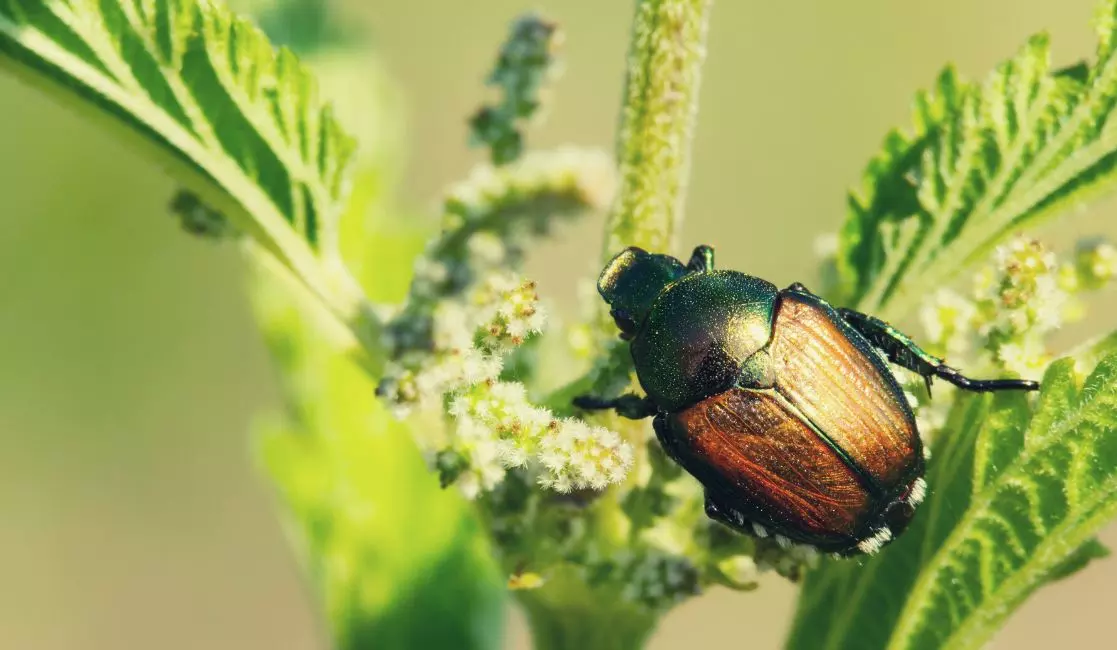Beetle Extermination Services in Oshawa, Ontario
The nature of beetles
To exterminate beetles in Oshawa, several methods can be used, including:
Chemical treatments - the use of insecticides and pesticides is one of the most common methods for beetle extermination. These treatments are typically applied to the affected areas, such as walls, floors, and furniture.
Traps - beetle traps are a cost-effective solution that can be used to control the beetle population. These traps work by attracting beetles and then trapping them inside.
Physical removal - beetles can also be removed physically by vacuuming or sweeping them out of the affected area.
Natural remedies - some natural remedies, such as diatomaceous earth and borax, can be used to control the beetle population.

Why exterminate beetles from your backyard
Protects plants and crops - Some species of beetles, such as Japanese beetles and Colorado potato beetles, can cause significant damage to plants and crops. Exterminating these beetles can help to protect your backyard garden and plants.
Prevent structural damage - Certain beetles, such as powderpost beetles and deathwatch beetles, can damage wooden structures, such as decks and fences. Exterminating these beetles can prevent structural damage to your backyard.
Maintains the health of the ecosystem - Overpopulation of certain beetle species can cause imbalances in the ecosystem, affecting other insects and animals. Exterminating beetles can help to maintain the health of your backyard ecosystem.
Prevents the spread of disease - Some beetles, such as bedbugs, can spread diseases and cause health problems. Exterminating these beetles can prevent the spread of disease and protect your family's health.
Aesthetic value - An overpopulation of beetles in your backyard can detract from its appearance and make it less enjoyable for you and your family. Exterminating beetles can help to maintain the aesthetic value of your backyard.
Beetle prevention measures
Maintain good sanitation practices - Remove any potential food sources, such as piles of leaves, compost, and other organic matter. Keep your home and garden clean and tidy to reduce the number of beetles.
Seal cracks and gaps - Seal cracks and gaps around windows, doors, and other openings in your home and garden to prevent beetles from entering.
Store food properly - Store food in airtight containers and keep pantries, cupboards, and other storage areas clean and free of food debris.
Use insecticide barriers - Apply insecticide barriers, such as sprays or granules, around the perimeter of your home and garden to prevent beetles from entering.
Plant companion plants - Planting companion plants, such as basil, chrysanthemums, and marigolds, can help to repel beetles.
Use pheromone traps - Pheromone traps can be used to attract and trap beetles, reducing their numbers in your home and garden.
Practice integrated pest management - Integrated pest management is a holistic approach to pest control that involves using a combination of preventative measures, cultural practices, and minimal use of pesticides.
What attracts beetles
Food sources - Beetles are attracted to food sources, such as fruits, vegetables, nectar, and other sweet substances.
Light - Some species of beetles, such as fireflies, are attracted to light.
Pheromones - Certain species of beetles produce pheromones to attract mates.
Moisture - Beetles are attracted to moist environments, such as damp wood, compost piles, and rotting vegetation.
Shelter - Beetles seek shelter from the elements, such as in crevices, cracks, and hollows in wood, rocks, and other structures.
Warmth - Some species of beetles are attracted to warm environments, such as light fixtures and warm surfaces.






